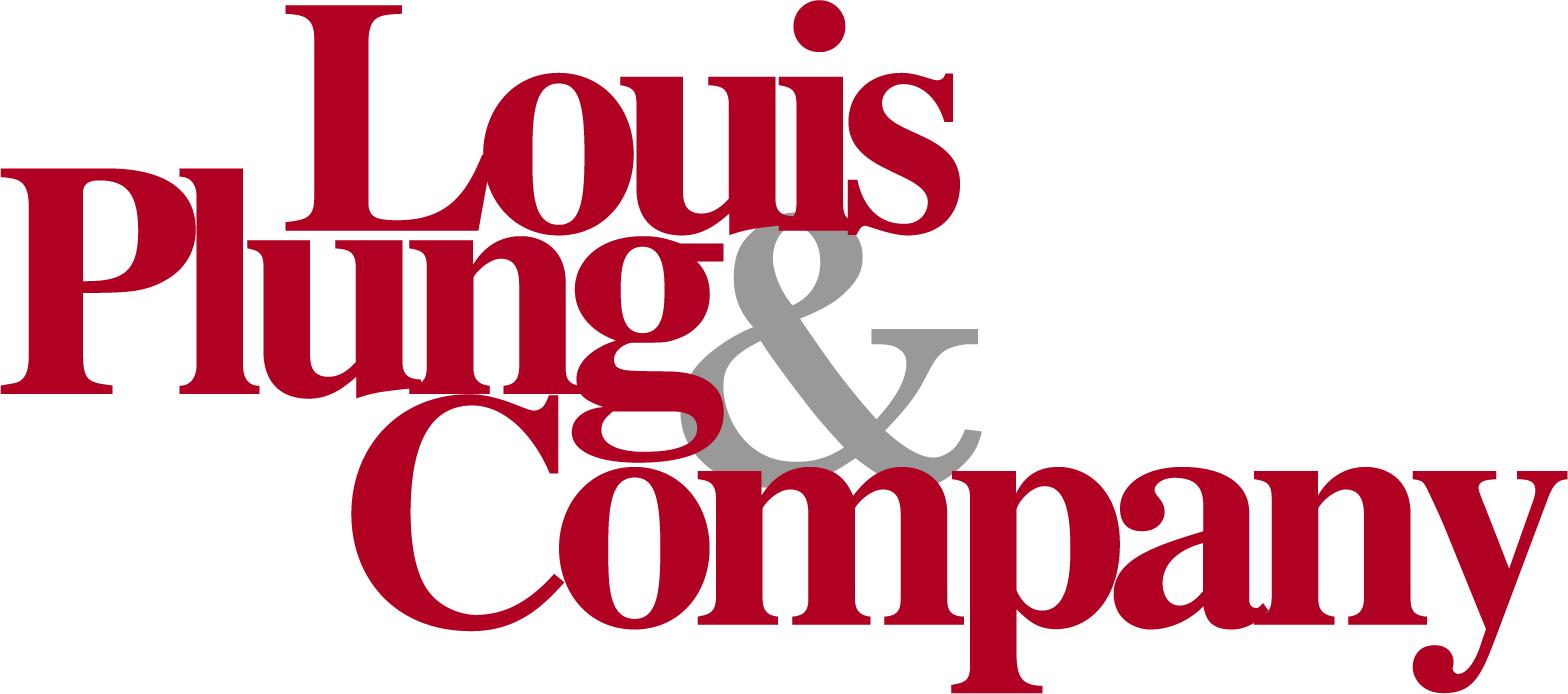Congress Has Authorized a Second Round of PPP Loans

Congress passed, and President Trump signed, the Consolidated Appropriations Act, 2021. Included in its approximately 5,600 pages is a second draw of forgivable Paycheck Protection Program (PPP) loans. The first round allowed loans to businesses with 500 or fewer employees and to certain businesses with multiple locations, for which each location could not have more than 500 employees. Unfortunately, this opened the door to some large businesses gobbling up the allocated funding and shutting out the smaller businesses that the loans were intended to help until additional funding was authorized.
Unlike the prior loan program, this round will truly be limited to small businesses that incurred revenue losses.
Eligibility is limited to businesses
- with 300 or fewer employees per physical location;
- that had previously received a PPP loan; and
- that can demonstrate that they sustained at least a 25% reduction in gross receipts in the first, second, or third quarter of 2020 relative to the same 2019 quarter. Businesses submitting an application on or after Jan. 1, 2021, are eligible to utilize the gross receipts from the fourth quarter of 2020.
Eligible Entities – The eligible entities include for-profit businesses, certain non-profit organizations, housing cooperatives, veterans’ organizations, tribal businesses, self-employed individuals, sole proprietors, independent contractors, and small agricultural co-operatives. Churches and religious organizations are eligible for loans if they otherwise meet the requirements, and the legislation prevents future administrations from making them ineligible.
Loan Terms – The legislation establishes a maximum loan size of 2.5 times the average monthly payroll costs in the one year prior to the loan, or the calendar year, up to $2 million. There is an exception for borrowers in the hospitality or food services industries, who may receive PPP Second Draw Loans of up to 3.5 times average monthly payroll costs. Only a single PPP Second Draw Loan is permitted to an eligible entity.
Loan Forgiveness – Like the first PPP loan, full loan forgiveness is available if the borrower spends at least 60% of the second draw on payroll costs (this time including additional group insurance payments, including vision, dental, disability and life insurance), with allowable nonpayroll costs of 40%.
The allowable non-payroll expense category – which was originally limited to rent, mortgage interest, and utilities – has been expanded to include the following:
- Operational costs – Payment for any business software or cloud-computing service that facilitates business operations; product or service delivery; the processing, payment, or tracking of payroll expenses, human resources, sales, and billing functions; or accounting or tracking of supplies, inventory, records, and expenses.
- Property damage costs – Include costs related to property damage and vandalism or looting due to public disturbances that occurred during 2020 that were not covered by insurance or other compensation.
- Supplier costs – Costs from existing contracts that are essential to the recipient’s operations, including the cost of perishable goods at any time.
- Protective materials and facility modifications – An operating or a capital expenditure made to facilitate the adaptation of an entity’s business activities to comply with requirements established or guidance issued by federal, state, and local governments during the period beginning on March 1, 2020, and ending on the date when the national emergency related to COVID-19 declared by the president expires.
A borrower may choose either an 8-week or a 24-week covered period.
Forgiveness Reduction – The rule reducing loan forgiveness for a borrower who reduced the number of employees retained and reduced employees’ salaries by more than 25% continues to apply.
Simplified Loan Forgiveness – The loan-forgiveness process is simplified for borrowers with PPP loans of $150,000 or less. This means another version of the SBA’s loan-forgiveness application form will be forthcoming. Congress has specified that it be a one-page certification that includes a description of the number of employees whom the eligible recipient was able to retain because of the loan, the estimated total amount of the loan spent on payroll costs, and the total loan amount. Because borrowers using the simplified application form will be certifying that they meet the requirements for forgiveness and will be subject to penalties if they are found not to qualify, it may be a good idea for applicants to fill out a “draft” of the longer version of the form to substantiate their certification as well as retain it with the business’s employment and expense records. The legislation requires employment records to be kept for 4 years and for other records to be kept for 3 years after the date when the forgiveness request is submitted.
Deductibility of Expenses – The IRS recently issued a ruling essentially saying that because businesses aren’t taxed on the proceeds of a forgiven PPP loan, the expenses paid from the forgiven loan aren’t deductible. However, Congress members have been saying all along that this was not the Congressional intent in the original PPP legislation.
In a rebuttal to the IRS, Congress has made it crystal clear in the recently passed legislation that taxpayers whose PPP loans are forgiven are allowed deductions for otherwise deductible expenses paid with the proceeds of a PPP loan, and that the tax basis and other attributes of the borrower’s assets will not be reduced as a result of the loan forgiveness. This applies retroactively to the first round of PPP loans as well.
Funds Availability – The legislation requires the SBA to prepare regulations and implement the second-draw PPP within 10 days after the bill was signed into law (December 27, 2020) and for the program to continue through March 31, 2021.
Please give our office a call if you have questions related to the PPP loan second draw.
Charitable Contributions Deduction Liberalized for 2021
As a means to stimulate charitable contributions during the COVID crisis, Congress made two notable changes for 2020—one allowing taxpayers that don’t itemize their deductions an above-the-line deduction for cash contributions of up to $300 and another for those itemizing their deductions to increase the maximum deduction for cash contributions to 100% of their adjusted gross income (AGI).
The recent COVID-related tax relief act, passed late in December, extends and enhances those liberalized charitable contribution deduction provisions. Here is a rundown on these charitable contribution tax benefits for 2021:
- Charitable Contributions for Non-Itemizers – The Taxpayer Certainty and Disaster Tax Relief Act allows those who don’t itemize their deductions a deduction of up to $300 for cash contributions made during 2021. Married couples filing jointly are allowed a deduction of up to $600 for the cash contributions they make during 2021. This is an increase from 2020, when the contribution was limited to $300 regardless of filing status. However, contributions by non-itemizers to new or existing donor-advised funds or private foundations don’t qualify for either year.For 2021, the $300 or $600 amount is an add-on to a non-itemizer’s standard deduction. Claiming the deduction as part of the standard deduction for 2021 may not be quite as beneficial tax-wise for some taxpayers as was the deduction for 2020. This is because on 2020 returns the cash contributions, up to $300, are deducted in computing adjusted gross income, while on 2021 returns, the deduction will be taken after the AGI is figured. This distinction matters because many credits and other tax benefits are limited by the AGI amount.Apparently, Congress anticipates that non-itemizers will abuse this new deduction by taking the deduction without actually making a contribution. In a preemptive attempt to head off such behavior, Congress also increased the accuracy-related tax penalty from 20% to 50% on an underpayment of tax resulting when a non-itemizing taxpayer improperly claims the charitable contribution deduction.
- Cash Contributions for Itemizers – Under the CARES Act that was enacted in March 2020, the 60% deduction limit on cash contributions to most charities was suspended for 2020, thus allowing larger cash contributions during the COVID crisis—potentially up to 100% of the AGI. Under the Taxpayer Certainty and Disaster Tax Relief Act of 2020, the suspension of the 60% limit has been extended to 2021.
Cash contributions include those paid by cash, check, electronic funds transfer or credit card. Taxpayers cannot deduct a cash contribution, regardless of the amount, unless they can document the contribution in one of the following ways:
- A bank record that shows the name of the qualified organization, the date of the contribution, and the amount of the contribution. Bank records may include:
a. A canceled check,
b. A bank or credit union statement or
c. A credit card statement. - A receipt (or a letter or other written communication) from the qualified organization showing the name of the organization and the date and amount of the contribution.
- Payroll deduction records that include a pay stub showing the contribution and a pledge card showing the name of the charitable organization. If the employer withheld $250 or more from a single paycheck, the pledge card or other document must state that the organization does not provide goods or services in return for any contribution made to it by payroll deduction.
To claim a deduction for a contribution of $250 or more, the taxpayer must have a written acknowledgment of the contribution from the qualified organization that includes the following details:
- The amount of cash contributed;
- Whether the qualified organization gave the taxpayer goods or services (other than certain token items and membership benefits) as a result of the contribution and a description and good-faith estimate of the value of any goods or services that were provided (other than intangible religious benefits); and
- A statement that the only benefit received was an intangible religious benefit, if that was the case.
Thus, for example, money dropped in a Christmas Kettle or tacked onto your purchase at a retail store would not be deductible because there is no documentation that the contribution was made.
If you have questions related to how charitable contributions might affect your tax return or how to document charitable contributions of any type, please call our office.




